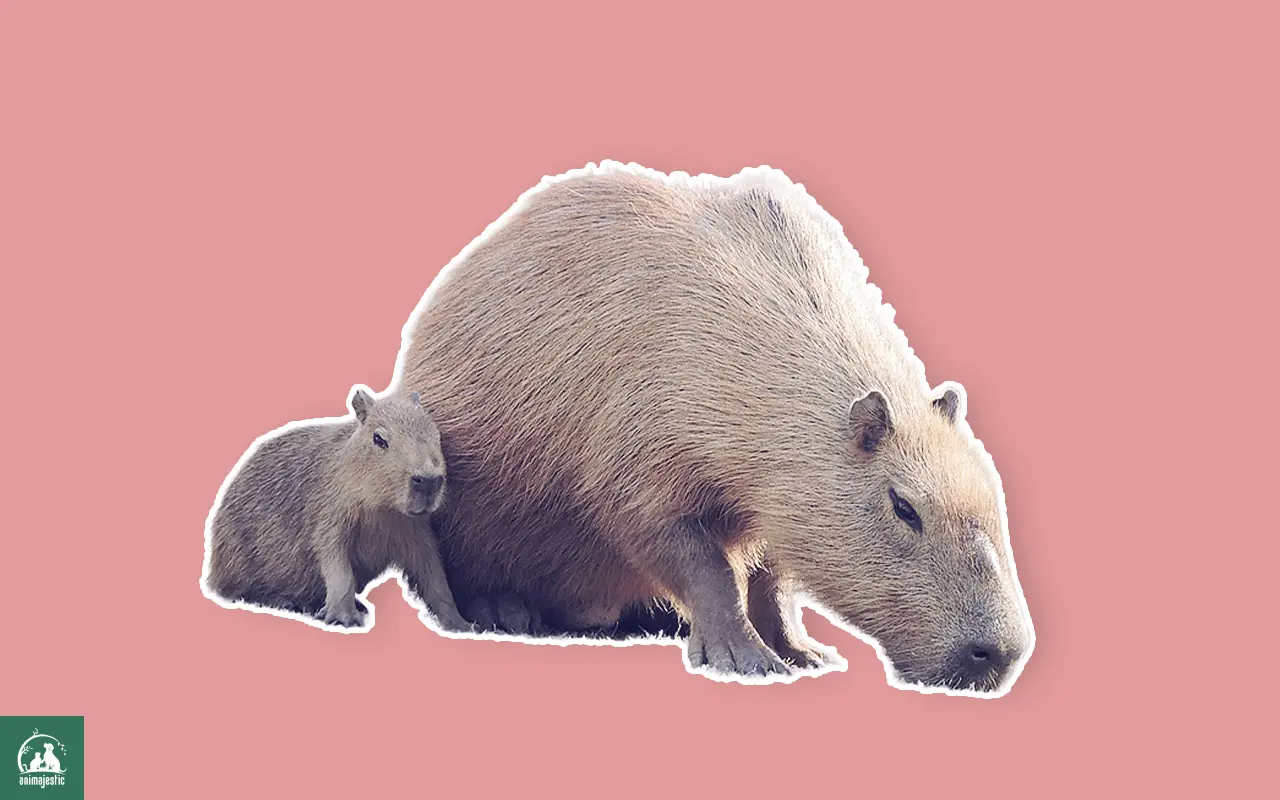Capybaras, the world’s largest rodents, have captured the hearts and imaginations of people around the globe due to their friendly and relaxed nature. These fascinating creatures, native to South America, have become the epitome of “chill” and are often referred to as “nature’s chill bros.” hence the reason we are delving into the various aspects of capybara life and behavior to understand why they are so friendly and chill.
Social Structure and Behavior
One of the key factors contributing to the friendly and chill nature of capybaras is their social structure. Capybaras live in groups called herds, which can range from 10 to 30 individuals, and sometimes even up to 100. These herds are usually composed of a dominant male, several females, and their offspring. The dominant male is responsible for protecting the group and maintaining order.
Capybaras are known for their strong bonds and cooperative behavior within their herds. They often groom each other, play together, and huddle together for warmth and protection. This social structure allows them to maintain a peaceful and harmonious coexistence, which contributes to their friendly and chill demeanor.
Communication
Capybaras communicate with each other through a series of vocalizations such as purrs, barks, and whistles. They also use body language to convey messages, such as raising their hair when alarmed. This complex communication system enables them to maintain strong social bonds and avoid conflicts.
Natural Habitat and Adaptation
Capybaras are semi-aquatic animals, meaning they spend a significant amount of time in the water. They inhabit areas close to water bodies, such as rivers, lakes, and swamps, in South America. The water provides them with a safe haven from predators and a means to regulate their body temperature.
Evading Predators
Capybaras have several natural predators, including jaguars, caimans, and anacondas. Their ability to swim and hold their breath underwater for up to five minutes allows them to escape predators and remain calm in the face of danger. Additionally, capybaras have a unique ability to “freeze” their body when they sense potential threats, making them appear calm and collected even in stressful situations.
Adaptation to Human Presence
Capybaras have adapted well to human presence in their natural habitats. Due to their non-aggressive nature, they have been able to coexist with humans without posing any significant threats. This has led to capybaras becoming more comfortable around humans, which in turn makes them appear friendlier and more approachable compared to other wild animals.
Diet and Feeding Habits
Capybaras are herbivores, primarily feeding on grasses, aquatic plants, and fruits. They have a unique digestive system that allows them to extract maximum nutrients from their food. Their diet does not involve hunting or competing for food resources, which reduces the need for aggressive behavior. This peaceful and non-competitive feeding pattern contributes to their overall calm and friendly demeanor.
Grazing Behavior
Capybaras graze in groups, which helps them detect potential threats and protect each other from predators. They typically feed during the early morning and late afternoon hours, spending the rest of the day resting and socializing. This relaxed feeding schedule further contributes to their laid-back nature.
Reproduction and Parenting
Capybara reproduction is also a factor that contributes to their friendly and chill nature. Female capybaras give birth to litters of 2-8 pups after a gestation period of around 150 days. The entire herd participates in raising the young, with females nursing each other’s offspring and males protecting the group.
Socializing the Young
Young capybaras are introduced to the herd’s social structure from an early age, learning the importance of cooperation and bonding. This early socialization helps them develop the friendly and relaxed temperament that capybaras are known for.
Conservation and Human Interaction
Capybaras are not currently considered endangered, but habitat loss and hunting for their meat and skin do pose threats to their populations. Conservation efforts are essential to ensure the survival of these friendly and chill creatures.
Capybaras in Captivity
Capybaras have become popular pets in some countries, and they can also be found in zoos and wildlife parks. Their friendly and relaxed nature makes them suitable for captivity, but it is essential to provide them with the proper care, including access to water, an appropriate diet, and social interaction.
Conclusion
Capybaras are friendly and chill animals due to a combination of the above-listed factors. Their peaceful and cooperative nature, along with their ability to adapt to various environments, make them one of the most fascinating and beloved creatures in the animal kingdom. With continued conservation efforts and responsible human interaction, capybaras can continue to thrive and enchant people for generations to come.
